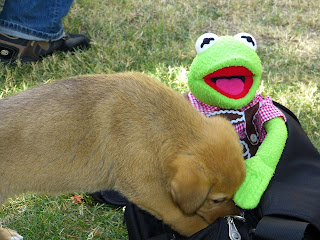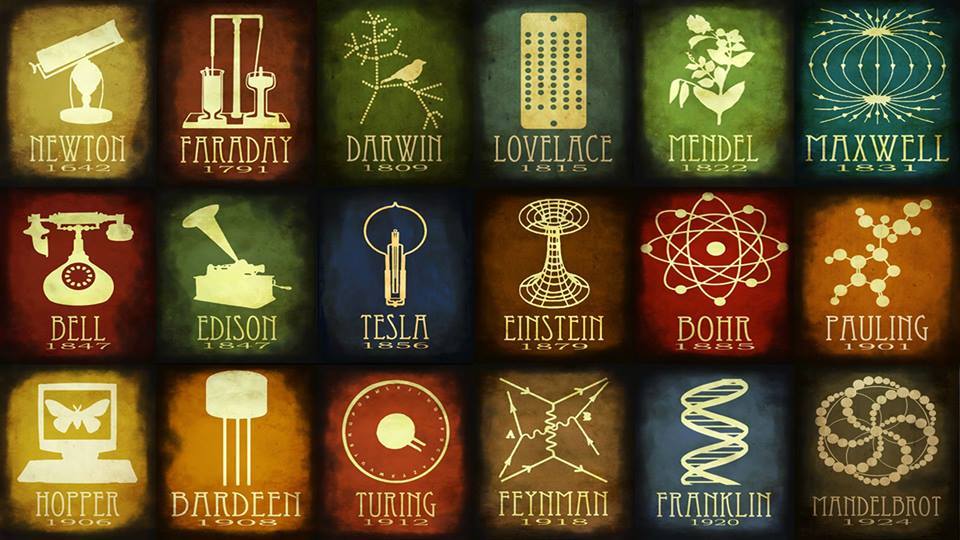 |
| Please sign the petition here |
The Kennel Club seems intent on continuing with its plans to recognise the Jack Russell - despite opposition from those who fear for the future of the breed if it is swallowed by the Kennel Club's lean, mean inbreeding machine. (See my previous article
here)
So today I am launching a petition that asks that the KC reverses its decision to recognise the breed - the first petition actually in PDE history.
You can sign the petition
here.
Now petitions are a risky business - if people don't share your passion you're left looking a little foolish. A few people have already asked me "what's the point... it's already a done deal". But on this occasion I'll risk it as I feel really strongly about this and feel a line in the sand needs to be drawn. I also hope it will help bring the debate to a wider audience.
It could be fairly claimed that in the UK the Jack Russell has been under the stewardship of the
Jack Russell Club of Great Britain for the past 40 years. It vehemently opposes KC registration - and, indeed, successfully prevented a previous attempt at a steal by the Kennel Club.
On that occasion, the KC went ahead - but was forced to call its new breed the Parson Russell Terrier, leaving a large population of Jack Russells outside of the grasp of the Kennel Club.
In the US, meanwhile, the
Jack Russell Terrier Club of America has successfully prevented the American Kennel Club from taking the breed under its dubious stewardship there, saying:
"Recognition, it is believed, will be detrimental to the preservation of the Jack Russell as the sound, intelligent strain of working terrier it has been for more than 100 years.
The AKC was forced to call the breed they adopted just the
Russell Terrier.
That the KC now believes it can step in and take over the breed shows considerable chutzpah given the strength of feeling.
Make no mistake about it, the KC's move is a hostile takeover. And it will be the ruin of the breed - as it has destroyed so many others.
Again, you can sign the petition
here.
The Kennel Club, meanwhile, is trying to present itself as some kind of saviour of the breed. In the Kennel Club's
press release, KC Secretary Caroline Kisko even claimed:
"By recognising the Jack Russell as an official breed, we can help cement its heritage and protect its future as a much-loved traditional working dog and popular pet. By encouraging the bulk of the population of these dogs to fit a Breed Standard we can help to ensure that puppy buyers get a dog with predictable characteristics that is suitable for their lifestyle and that they are bred to be healthy, with good temperament and are fit for function."
It's bollocks of course. The Kennel Club doesn't award rosettes for work. The dogs are judged for trotting round a show-ring. The Jack Russell in the UK has managed perfectly well without the Kennel Club's help and its great strength is its diversity - in looks and genetically. It comes in short and tall; in short and rough coats and this has helped keep the dog robust.
The KC goes on to to say that the Jack Russell will be "joining other well-known breeds such as the West Highland White Terrier."
But the poor Westie, once a scruffy, game little dog, has suffered terribly under KC-recognition - a real shadow of its former self; beset with immune problems, including the often intractable "Westie Itch" - a skin condition sometimes so severe that the dogs have to be euthanised.
Here's what the show Westie has been reduced to - strung up on a table at shows and smothered in a product called Ducky White because nature didn't give them a white enough coat for a show judge.
Here's what they looked like 100 years ago, when they used to be able to see.
Then there's the Fox Terrier... look what Kennel Club registration did to that. Today's dog has had a rear-end shunt - and the dog's neck is as long as its back.
As I
reported recently, according to the Kennel Club's own data, almost half of all Kennel Club recognised breeds are in trouble genetically - and a quarter are
so genetically compromised that they may not survive. This is directly attributable to breeding practices promoted by the Kennel Club system. And whatever they may tell you, very little has changed.
There are conflicting reports as to how the KC is to manage the registration of Jack Russells should it really go ahead. The breed - well a version of it - is already recognised in Australia and FCI countries where there has been little or no opposition from the working side of the breed. The Australian dogs have a bad reputation for being horribly inbred though as the breed was developed on only a handful of founders.
The real Jack Russell deserves better.
Please sign the petition
here.


















